A small, unmanned aerial vehicle (UAV) has been launched on command from an autonomous underwater vehicle (AUV) during a cross-domain command and control event hosted by the U.S. Navy.
In addition to Lockheed Martin’s AUV Marlin and UAV Vector Hawk, the Submaran, an unmanned surface vehicle (USV) developed by Ocean Aero, provided surface reconnaissance and surveillance.
“This effort marks a milestone in showing that an unmanned aircraft, surface vessel and undersea vehicle can communicate and complete a mission cooperatively and completely autonomously,” said Kevin Schlosser, chief architect, unmanned systems technology, Lockheed Martin.
During the Annual Navy Technology Exercise (ANTX) activities in August, the Submaran relayed instructions to Marlin from a ground control station via underwater acoustic communications. Following these instructions, the Marlin launched the Vector Hawk using a specially-designed canister from the surface of the Narragansett Bay. Following launch, Vector Hawk successfully assumed a mission flight track. All three autonomous vehicles—Marlin, Submaran and Vector Hawk—communicated operational status to the ground control station to maintain situational awareness and provide a means to command and control all assets.
“Lockheed Martin has heard loud and clear the U.S. Navy’s call to get faster, be more agile, and to be continually creative,” said Frank Drennan, director, mission and unmanned systems business development. “We have clearly illustrated that we have the necessary agility and quickness combined with innovative technology to increase the range, reach, and effectiveness of undersea forces.”
Lockheed Martin’s Vector Hawk is designed for canister or hand-launch in all-weather, maritime environments to provide customers with an organic, tailored intelligence, surveillance, and reconnaissance (ISR) capability at the moment they need it.
“This signifies the versatility of Lockheed Martin’s unmanned systems to communicate seamlessly across domains to conduct a diverse set of missions in all environments. The capability is quickly reconfigured in the field,” said Schlosser. “In a short time, we enabled these systems to work together by rapidly changing sensor packages.”
In addition to its configuration versatility, Vector Hawk is capable of fully autonomous flight and landing, which enables operators’ to shift their focus from flying the aircraft to managing the mission.
The four-pound Vector Hawk can fly for 70-plus minutes, at line-of-sight ranges up to 15 kilometers. Operators can recover and re-launch the Vector Hawk in a matter of minutes (including changing the system’s battery). Vector Hawk is built on an open architecture to enable rapid technology insertion and payload integration.
Marlin MK2 is a battery powered, fully autonomous underwater vehicle that is 10 feet long with a 250 pound payload capacity, 18-24 hour endurance, depth rating of 1000 feet and weighs approximately 2,000 pounds. Its open architecture design and modularity allow new mission packages to be quickly integrated into Marlin to meet emerging customer needs.
Also during the three-day event, Marlin surveyed a sunken barge with its 3D imaging sonar. Teams on the ground used that data to create a 3D printed model of the barge. Marlin can quickly generate accurate, hi-resolution, 3D, geo-referenced models, giving users a clear view of subsea structures.




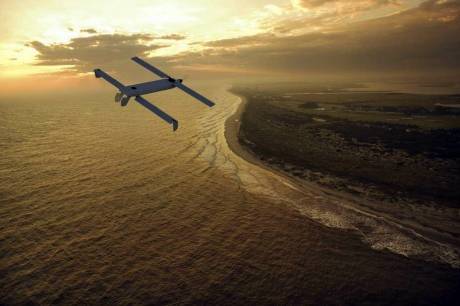

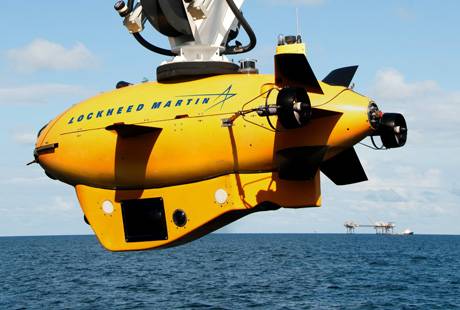

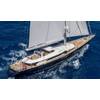

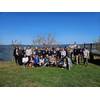
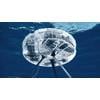
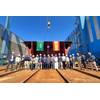






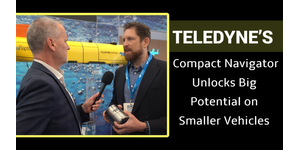


 February 2025
February 2025



